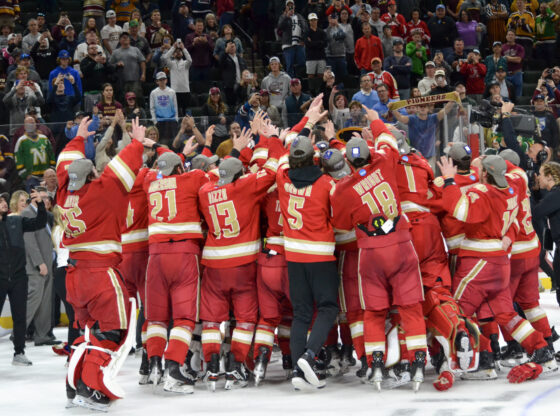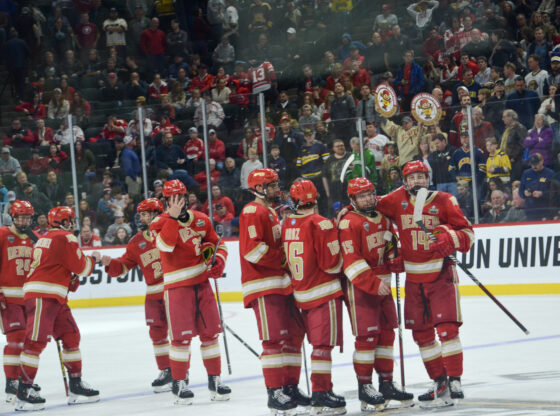Forrmer Pennsylvania Senator Rick Santorum has pulled off what some are calling a “miracle” and a “hat trick,” sweeping this week’s three Republican contests.
Santorum won in the Missouri primary, the Minnesota caucuses and the Colorado caucuses on Feb. 7, defeating rival former Massachusetts Gov. Mitt Romney and former House Speaker Newt Gingrich. This comes on the heels of two Romney wins in Florida and Nevada, which awarded him a handful of critical delegates and afforded him undue confidence going into these contests. Romney was expected to do well in Colorado, where he trounced Arizona Senator John McCain in 2008 with more than 60 percent of the vote. He lost here, albeit a close victory for Santorum.
For those who are unsure or new to the process, a caucus is an informal meeting of voters in a small geographic area called a precinct. The group, which may vary dramatically in size based on local population, political demographics, voter interest and external factors like weather. At the caucus, elected leaders from the group run the meeting and ensure everything moves smoothly. If people are passionate about any candidate, they can stand and speak their minds and try to convince their friends and neighbors to support their pick. A poll is conducted to determine who the group supports for various offices, namely, in an election year, the office of the President. The meeting then usually shrinks significantly in size and shifts into voting and nominations for local and inter-party offices.
Santorum’s grassroots efforts run on a shoestring budget show that the voters are not necessarily influenced by flashy television ads and mega-fundraising, but rather that the candidate has a large personal popularity and strong following of passionate activists, for this is the sort of salt-of-the-earth folk who turn out, despite the snow, wind and cold to caucus.
Santorum’s significant investment of time and resources into Colorado paid also dividends in the election results. He visited the states numerous times and paid homage to leaders and activists of the grassroots required to win here. He also campaigned in the state in a decentralized fashion; he chose not to focus solely on fundraising and hobnobbing in the Denver area alone. Romney, on the other hand, focused squarely on Denver and did not electrify the heart and soul of the Colorado GOP enough to earn their vote.
So what does Santorum’s big win mean for the rest of the race? Unfortunately, no one knows yet for sure. He could take these wins and the funds they bring his way and stake his claim in surefire Santorum states or take his donations and spend the money vying for Arizona and Michigan, making Romney pay dearly for each vote with blood and treasure.
The race may be shaken up for the moment and Santorum basks now in the spotlight, but only time and the long arc of history will reveal the true implications of his three-state sweep.











